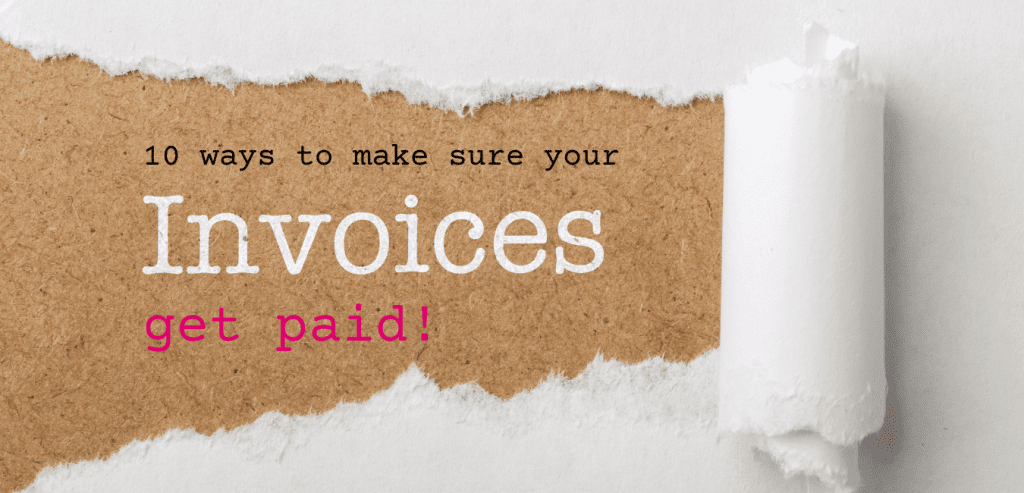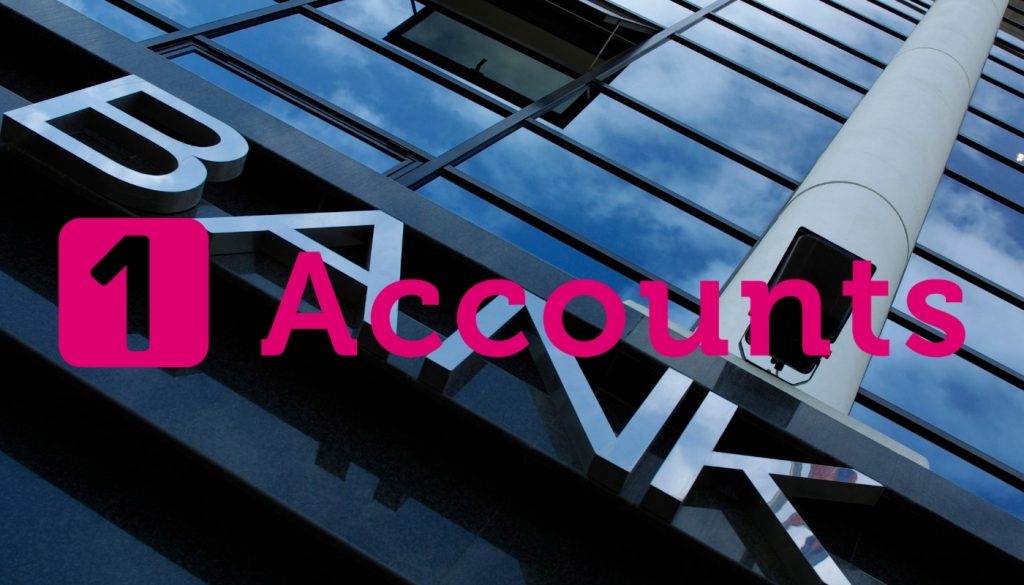
Wouldn’t life be simple if you could guarantee that your invoice would get paid on time every time? Sadly, this…

Wouldn’t life be simple if you could guarantee that your invoice would get paid on time every time? Sadly, this…

For a business to grow sustainably (and to successfully make it through the financial bumps in the road), cash flow…

As author Dough Hall correctly put it, “if your profit margins aren’t rising, chances are your company isn’t thriving.” Makes…

Running out of cash is one of the biggest reasons that businesses fail. It’s not surprising really, as forecasting your…
So many businesses are in the position where they need to cut overheads but how do you do this without…

How to preserve your cashflow during COVID-19 As the saying goes, turnover is vanity, profit is sanity and cash flow…

You Are Not A Bank As a small business, credit control can be a nightmare. Paul will tell you that…